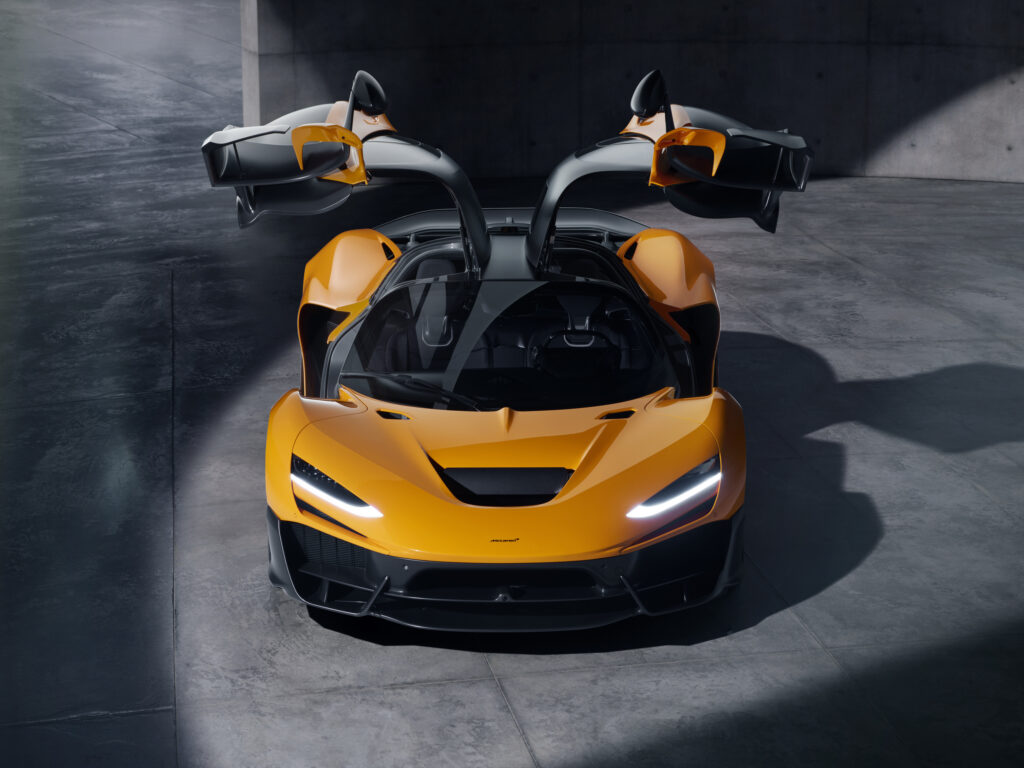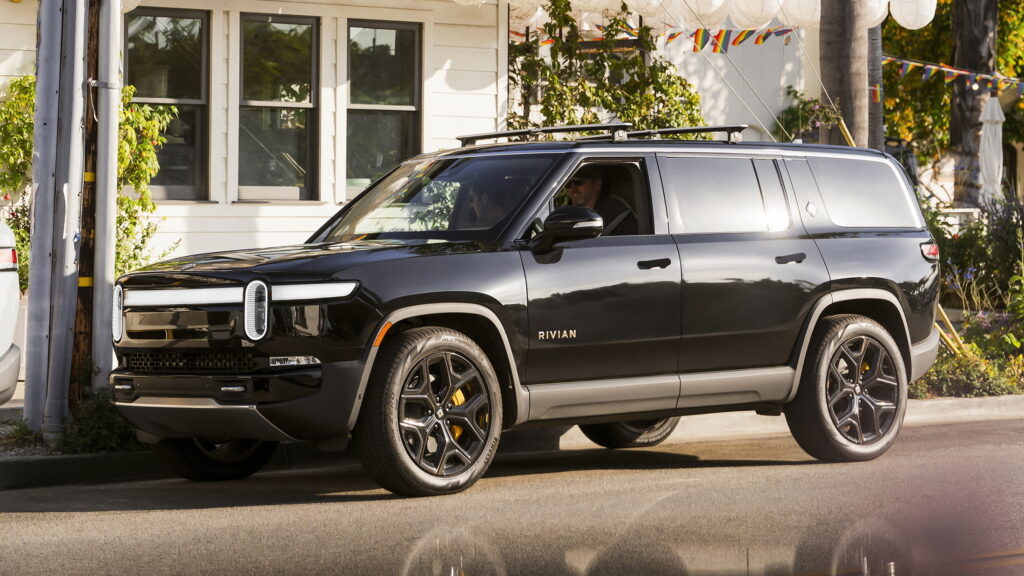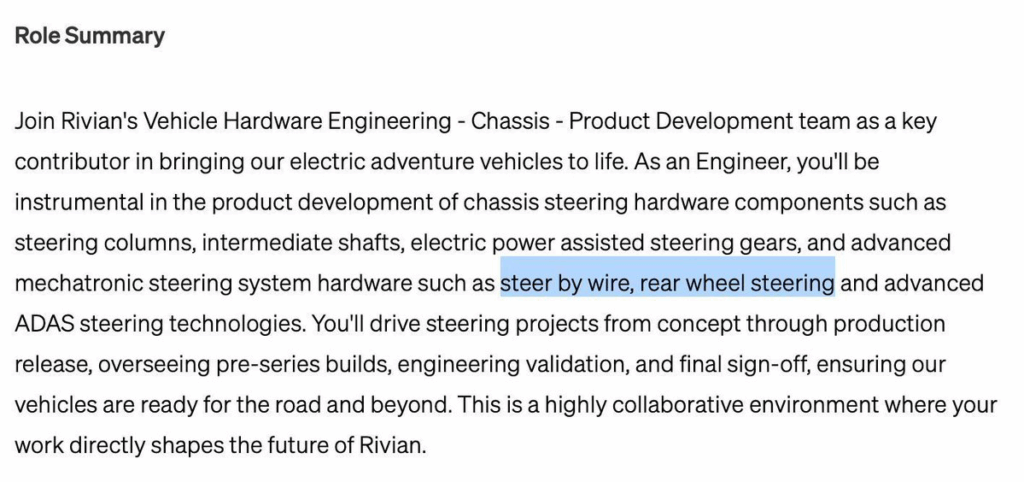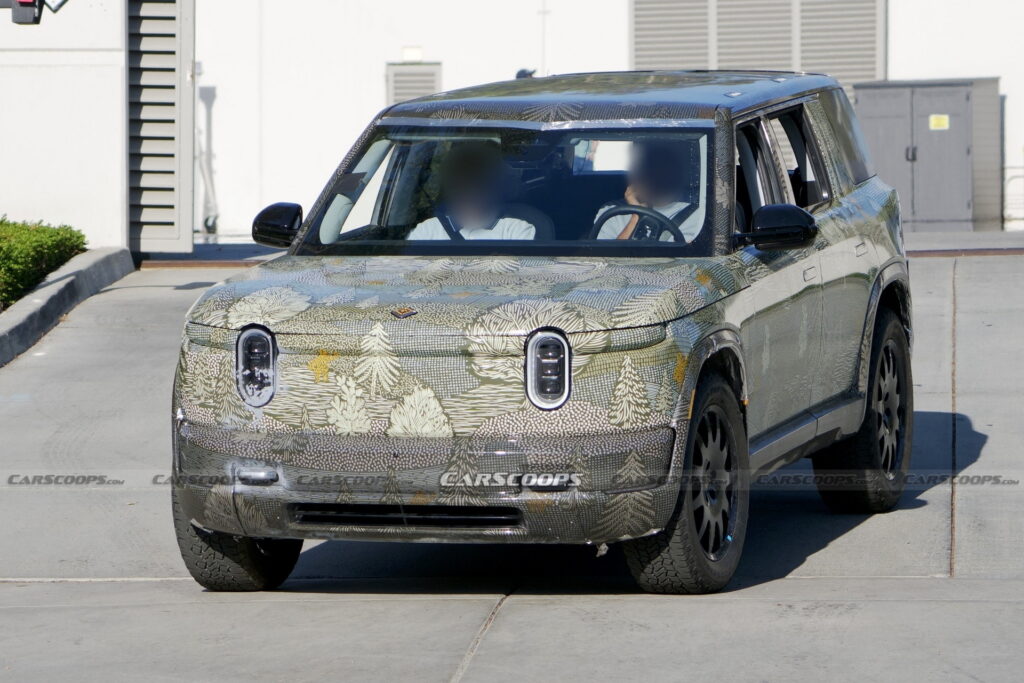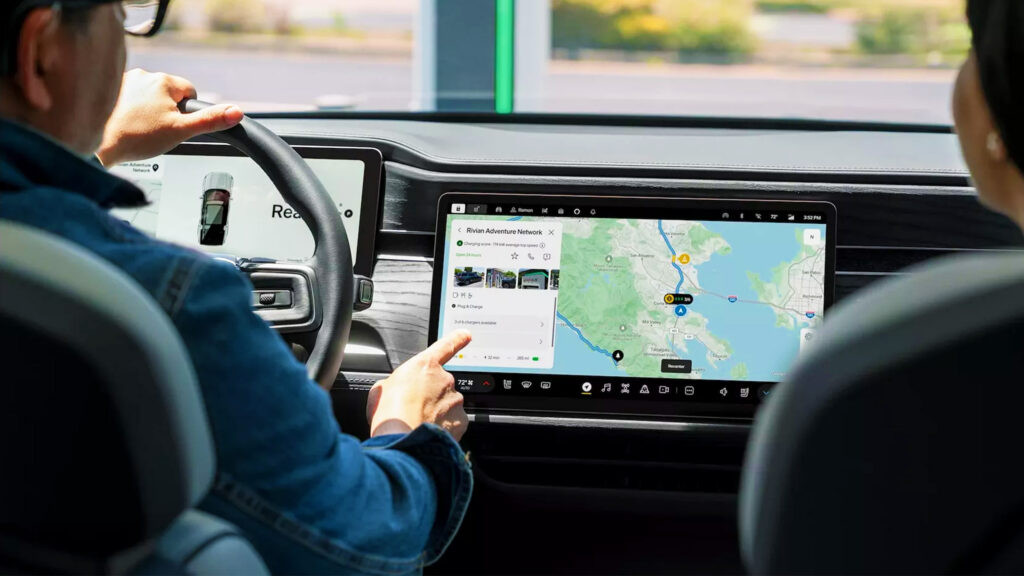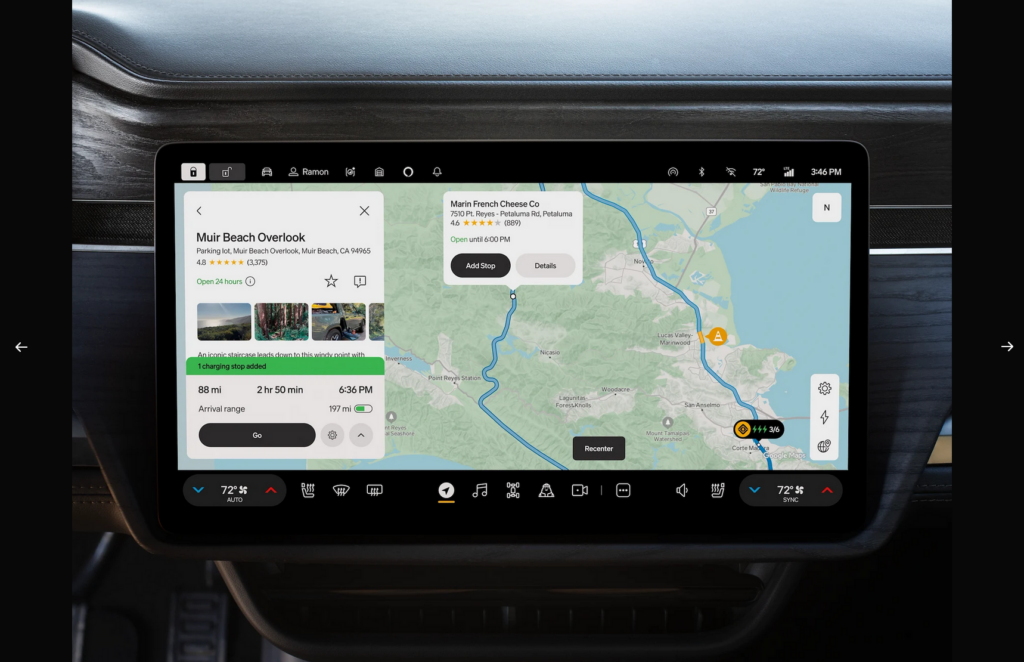The Avatr 11 Blends European Style And Chinese Tech But Still Comes With A Catch: Review

If you’re starting to lose count of the number of tech-heavy Tesla-hunting Chinese automakers, then we can’t blame you; it certainly is an extremely competitive space. Many of these brands and have significant backing from major players (many of them even state-sponsored) and are able to react quickly to local customers’ preferences.
But something all of China’s new crop are learning is that wins at home don’t easily translate into the next frontier that’s named “overseas sales”. Having to challenge the likes of established automakers that have become household names across most of the globe is no mean feat.
Read: We Get Up Close To The Avatr 11 And 12 EVs Aiming To Shake Up The Luxury Market
From what we’ve seen so far, Avatr realizes this – or at least their hiring and marketing departments do. Which is why, before getting behind the wheel of the 11 (pronounced “one one”, not “eleven”) I’m presented with a who’s who of European employees that have been brought in to Avatr’s fold. The company’s design center is based in Munich and is headed by Nader Faghihzadeh, who mastered his trade at BMW with an impressive 17-year stint.
What makes up Avatr is just as interesting, too. It was originally developed between Changan and Nio, with the latter exiting as it started to falter financially. But while the latter departed, two important new partners entered: tech giant Huawei and global battery supplier CATL.
QUICK FACTS
| › Model: | 2025 Avatr 11 |
| › Dimensions: | 4,880 mm (192.1 inches) Length 1,970 mm (77.6 inches) Width 1,601 mm (63.0 inches) Height 2,975 mm (117.1 in) Wheelbase |
| › Curb Weight: | 2,180 kg / 4,806 lbs |
| › Powertrain: | Rear-wheel drive with 90 kWh battery |
| › Output: | 190 kW (255 hp / 258 PS) and 370 Nm (273 lb-ft) of torque |
| › Transmission: | 5-Speed Manual, 5-Speed Automated Manual, or CVT |
| › Performance: | 0-100 kmh (62 mph) in 7.4 sec, 200 kmh (125 mph) top speed |
| › Range: | 575 km / 357 miles (NEDC) |
| › On Sale: | Now |
A True Luxury Offering
If you’re not convinced that Chinese automakers have made the jump to true luxury offerings, then the Avatr 11 serves as a rude awakening. The interior is loaded with plush surfaces, thoughtful features, and genuine comfort. My one complaint was the empty central console, as the space left for wireless phone charging looks bare without a device in there and the location is just a touch scratchy compared to the rest of the interior.
But that’s only because the heated, cooled, and massaging seats are trimmed in Nappa Leather and there are brushed aluminum effect trims around the cabin, including a Meridian-branded 25-speaker sound system ala Range Rover. And the steering wheel, of the quadrant variety, features a thick and well-designed rim, again wrapped in premium leather.
All four doors open and close electrically, which is slower than actually using your arms but makes for a cool party trick. Also of note is that, although there are buttons for the door release, there are also easy-to-spot emergency manual releases (Tesla, better take some notes if you will).
Our test car featured space for five, but there’s a four-seater option for that added luxury GT feeling. Front seat passengers are treated to their own 10.25-inch screen (the same size as the driver’s display), which can be used to play media or show other information related to the drive, while there’s a massive screen in the center too. Unlike the Avatr’s Deepal cousin, this central screen doesn’t swivel towards the operator, but at 15.6 inches, it’s large enough to forgo what is, if we’re honest, a bit of a gimmick.
As EVs begin to converge upon each other performance-wise, manufacturers are keen to capitalize on how their tech can be differentiated. Here, Huawei’s HarmonyOS shines as a system that has evidently been designed to complement the driving experience. Rather than offering a basic reskinned Android system, HarmonyOS in the Avatr 11 really offers that fluidity that more ICE systems should aim for.
More: The Hidden Cost Of Owning A New Chinese Car
Which is good and bad. Good, because virtually everything inside the 11 needs to be controlled through the interface, and bad because, well, it means virtually everything inside the 11 needs to be controlled through the interface. Going a step further than just hiding the climate control and fan speed behind a menu, the Avatr 11’s HVAC vent direction needs to be adjusted via the screen, which brings about the kind of infuriation reserved for watching someone hit “Reply All” to a company-wide email.
Those points aside, the interior of the 11 never fails to make you feel special. The Avatr’s party piece includes “zero gravity” mode for the front seats, allowing you to rest while recharging, enjoying that ridiculously elaborate sound system.
Exterior
The exterior of the 11 is an interesting one. The matte grey paint finish on our demo car, perhaps, wasn’t the best to accentuate as a design that actually looks fairly appealing from multiple angles. Regardless of hue, the high waistline, large wheel arches, and arch-filling 22-inch multispoke wheels really make the 11 imposing on the road.

The odd bit of black plastic on the front fenders is ordinarily used for Avatr’s autonomous driving tech, with radar and LIDAR sensors available in other markets. Also available in other models is an electrically deploying rear spoiler — not something you’d expect (or really want) on something that’s essentially a crossover SUV. Staying at the rear, you’ll notice the impractically small rear window is actually adorned by two flying buttresses, ala Jaguar XJS. In fact, it makes for an interesting design, which is less generic than other Chinese EVs that seem to be conforming to a rather dull mold.
Also of note is that, while this is playing in the crossover SUV space, it’s true identity is somewhat confusing. Technically, it could be labelled a sedan because the trunk is actually separated from the interior, with a trunk lid that doesn’t encompass the rear glass. However, people nowadays have fallen out of love with sedans and are totally into SUVs, thus automakers are, naturally, playing to their audience.
On The Road
While our test drive was brief, it was more than enough for us to come up to some pretty solid conclusions. This coupe-like SUV/crossover concoction manages to cocoon you inside, but at the expense of being able to see your extremities. It therefore feels like a big car with almost non-existent rear-view visibility, which makes your rely on the parking cameras a lot.
Speaking of huge, the massive 22-inch wheels are wrapped in Continental rubber – impressive when you consider most Chinese cars ride on cheaper, and much less performance-oriented, domestic market brands.
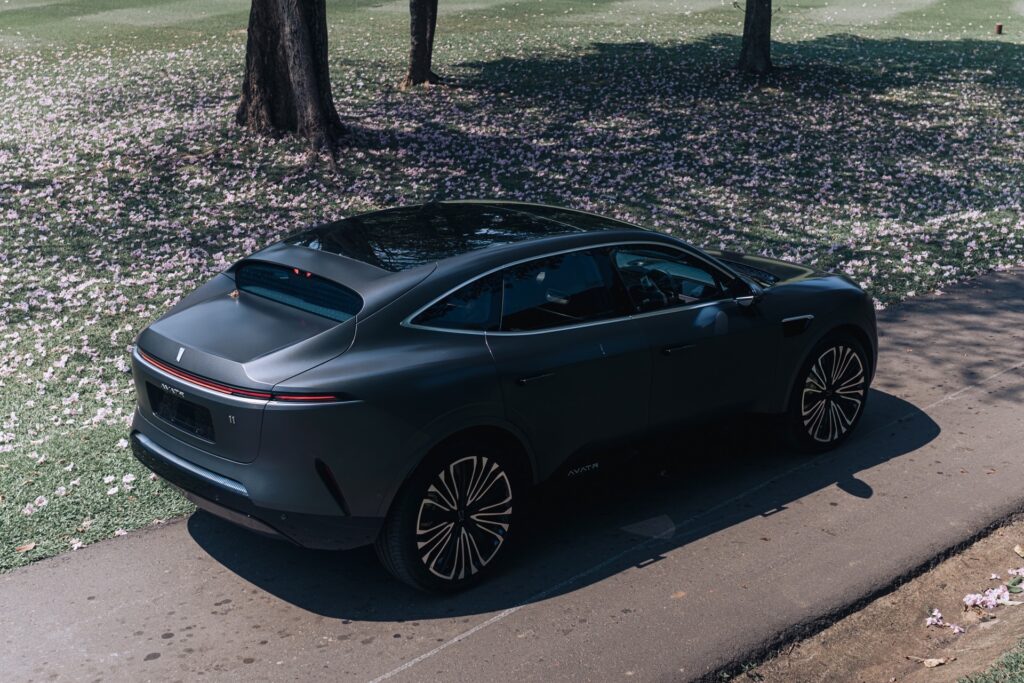
That’s not the only acclaimed name you’ll see on the 11. Behind those wheels lie painted four-pot Brembo calipers. Avatr likes to make noise about their lengthy list of OE suppliers, and while most names may be known to the nerdiest of nerds (i.e, most of you reading this), having four-pot Brembos on your EV is a flex in its own right to everyone from supercar owners to fast and furious devotees.
Review: We Drive The $7,000 Nissan SUV That’s Taking Asia By Storm
A shame then that the Avatr doesn’t really feel that sporty at all. The steering is numb, and the 22-inch wheels have a tendency to tramline in a way that isn’t what you’d call engaging. That said, despite not riding on air suspension, the ride is comfy, donk-like wheels and all.
There are two battery variants, the standard is a 90 kWh with 575 km of range or a 116 kW battery with 680 km of range on the NEDC cycle. Power is supplied to the rear wheels via a 190 kW motor with 370 Nm of torque. It’s enough to propel this decidedly heavy lump forward to 100 km/h in 7.4 seconds for the smaller battery, and 7.9 seconds for the larger battery.
There’s also a dual-motor all-wheel drive option available in other territories, which features a combined 425 kW of power for a 0-100 km/h time of just 3.9 seconds.
Conclusion
Despite spending less time than we’d have liked behind the wheel of the Avatr 11, it managed to impress us. Not because of drop-dead gorgeous looks, insane performance, or any one outstanding tech feature. But because, combined, it all comes together to offer something that is adequately differentiated from what can only be described as an onslaught of cookie-cutter EVs from the People’s Republic.
And when it comes to genuine luxury, the 11’s key points, such as tech, comfort, and interior ambience, have all been nailed. A European-styled EV with China’s cutting-edge tech doesn’t sound bad at all. In fact, it sounds very enticing. We bet we won’t be the only ones who will feel this way. The established players on the field, however, may start having serious reasons to worry about their own products. Which, in the end, will only benefit the ones that really matter: us.





